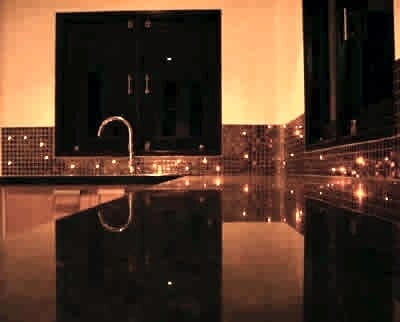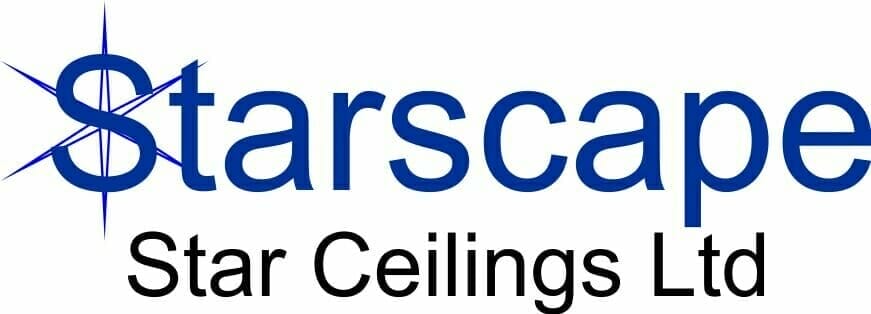Here is a report from some customers who bought some of our fibre optic components to take out to their house in Thailand. This is one of those projects which is actually fairly easy to do, but which results in a very interesting look, if done correctly. It takes advantage of two of the chief characteristics of fibre optic lighting – the ability to have light in wet areas without any concerns about electrical safety, and the ability to seal lights permanently in place without any concerns for future maintenance.
Also, since the number of fibres used in such an installation is typically quite modest, this tends not to be an expensive project. A couple of hundred metres of fibre may be sufficient, along with a standard halogen light source.
Anyway, let’s hear from our customer, Li, who wrote:
“Our home is finally finished, it’s fantastic! I have done one of our fibre optic projects in the kitchen. I was quite suprised how simple it was. I thought that it was going to be a nightmare! My partner thought I was nuts too, and left me to do the project … I decided to use a mosaic tile to give more of a random look to the fibre optics. As they are on a net backing it made it very simple to set up.
“Firstly, ours is the first proper kitchen on the island. Most kitchens here are built using concrete, so getting a proper kitchen was a major logistical feat as our nearest mainland supplier is seven hours away… it took more than a bit of persuasion to get a kitchen to our little island…truck, boat and offloading onto another truck ….only dirt roads here too!
“I had to wait for our kitchen to be fitted. In Thailand kitchens come pre-built -not flat pack – so when it arrived and they put all the counters in place, I asked them to drill a large hole for me in one of the cupboards (for the fibres to pass through to the light source) and had already had a socket in place. I had to thread my cables through the hole in the back of the cupboard and then waited whilst the fitters cut the granite…I kid you not, it’s all done by hand here – a guy with a disc cutter and a li’l girl spraying water whilst he cut… amazing.

“I asked them to leave me a 2 mm gap all the way round so I could place all the optic lines accordingly. Once that was done I started tiling. Now in Thailand they use cement – no tile adhesive – so that was a bit of a game… However, it all went quite well. I left all the fibre optic lines at a workable length ( about 10 cm ).
“Next day I grouted… here in Thailand they use cement for that too…and I have to say it’s much easier to work with than grout – less sticky. They use a clean mix of cement and water so when it dries it’s easy to just dust the residue off the tiles. And it dries almost white.
“When everything was dry next day, I snipped the optics flush with the tiles. I placed the bunch of optics into the ferrule, snipped as close to it as I could, then took my sander and sanded everything flush, using three different grades of sandpaper, the last being really fine, and then I buffed it with a sheepskin. I have to say this made a huge difference to the light emision at the other end.
“I tested after snipping, then after each sand, and by the time I buffed it – well the light is fantastic, and the reflection off our granite counters is superb.
“Our Thai builders thought I was bonkers threading bits of fishing line through the tiles… They called me a “ding dong” – Thai for nutter !!!! However , when they saw the results they all loved it. They gasped “hinghoy“, which means fireflies, which are all over this beautiful island, patted me on the back, scratched their heads and asked how much! They brought their sisters, mums and kids to see the fireflies we caught in our kitchen tiles. I don’t know who was more excited, them or me …
“The kitchen is now known as Li’s hinghoy kitchen! We are delighted with how it looks and can’t wait to put hinghoy all through our garden next year to delight the fireflies and locals alike.”
So, well done Li, and thanks for the feedback. Of course there’s no reason why the same technique can’t be used on a larger scale – for instance in a shower enclosure, or in a tiled floor. A single light source is capable of illuminating many hundreds of optical fibres.
